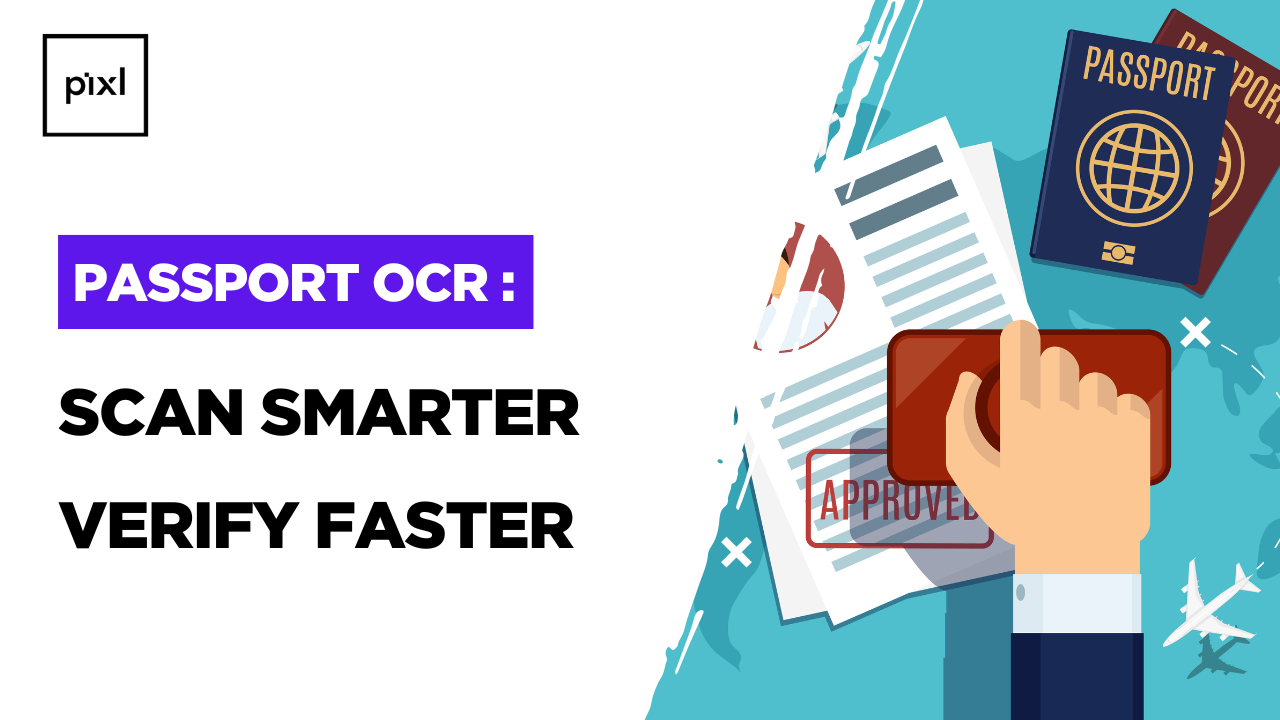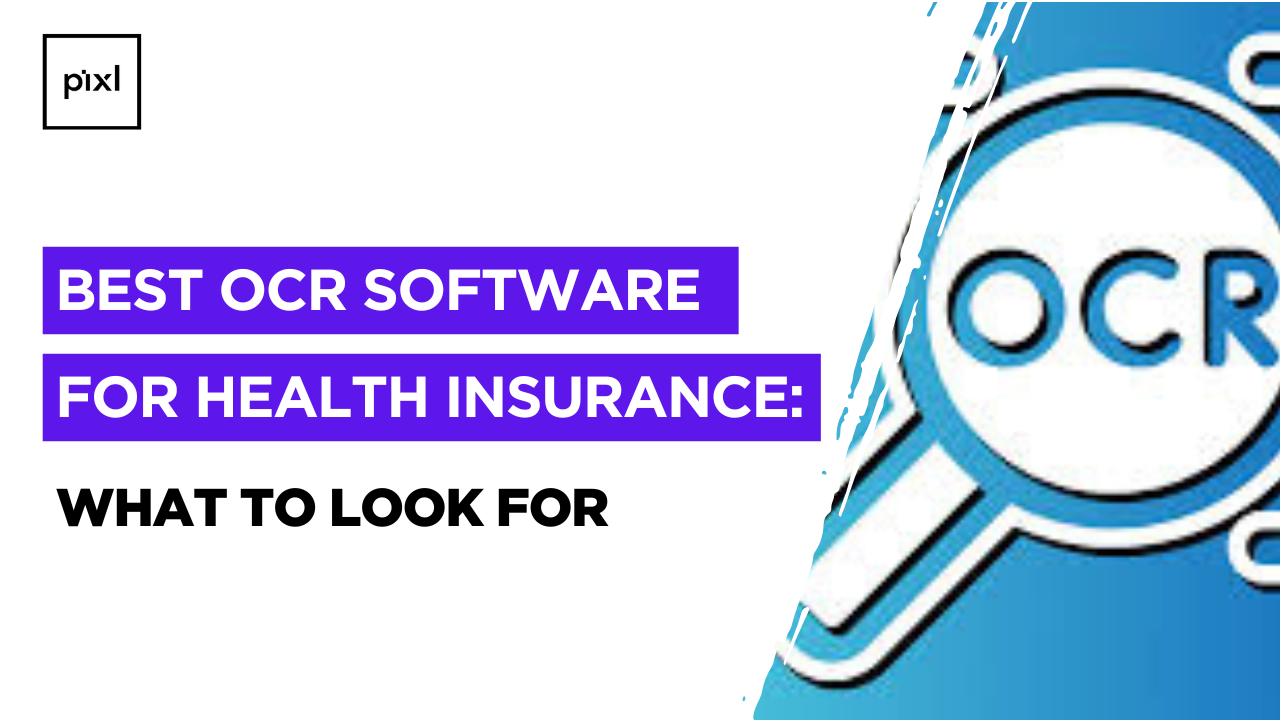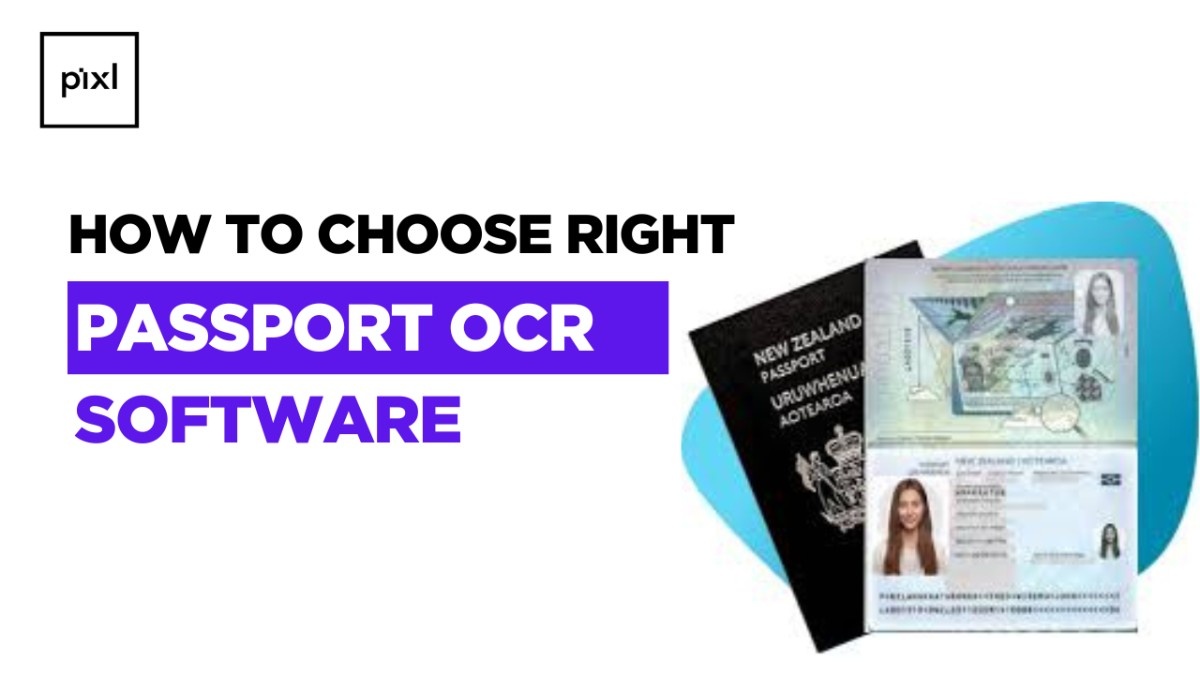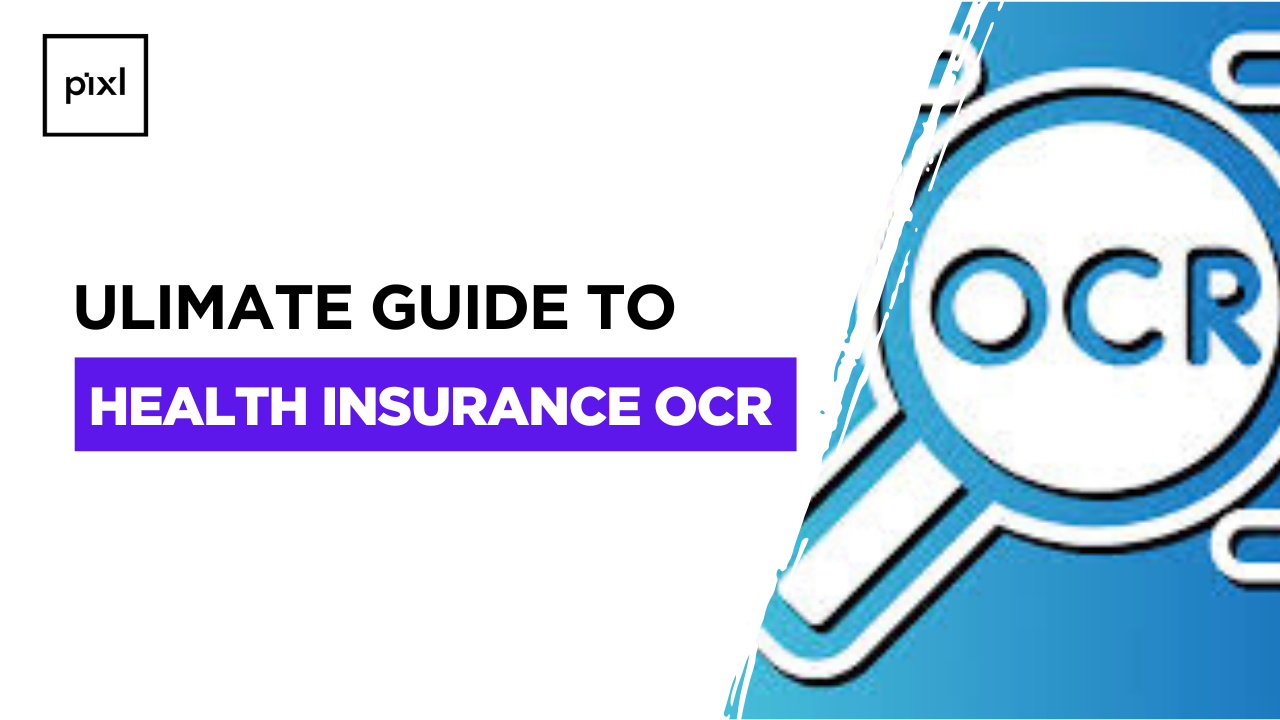Every second matters when it comes to identity verification. Whether a bank is onboarding a new customer, an airline is clearing passengers, or a hotel is welcoming guests, delay can both harm efficiency and customer trust. Businesses require a tool that reads passport data immediately, verifies it correctly, and stores it securely and that tool is Passport OCR technology.
Passport OCR substitutes tedious, error prone manual entry with computerized data capture fueled by optical character recognition, AI, and machine learning. The technology reads the Machine-Readable Zone (MRZ) and the Visual Inspection Zone (VIZ) of passports, and it is a standard for contemporary KYC compliance, travel security, and identity verification software.
What’s Inside:
In this guide, we’ll explore:
- What Passport OCR is and how it works.
- Why businesses across industries are adopting it.
- Who benefits the most from its use.
- When it delivers maximum value.
- Where it can be deployed for best results.
- How to scan MRZ passports for maximum accuracy.
What is Passport OCR?
Passport OCR is the software that scans printed and machine-readable text on passports and converts it into structured, searchable digital information. The system extracts key identity information like name, passport number, date of birth, nationality, and expiry date. Unlike generic OCR solutions, Passport OCR meets ICAO Doc 9303 standards and contains AI models for error correction, MRZ verification, and fraud detection
Why is Passport OCR Important?
Companies implement Passport OCR to minimize processing time, do away with manual mistakes, and enhance data protection. In the financial sector, it provides compliance with KYC and AML regulations. In travel and tourism, it accelerates the check-in process. In aviation, it expedites boarding of passengers while ensuring the accuracy of identity. Passport OCR also enhances the integration of biometric verification, enabling moment-by-moment cross-checking between document information and real-time facial recognition. Discover these advantages in Top Use Cases of Passport OCR in Travel, Banking, and Immigration.
How Passport OCR Works in Real-World Applications?
- Image Capture: A high-resolution photo of the passport is taken using a dedicated scanner, mobile camera, or web based verification portal.
- MRZ Detection:The OCR engine identifies the Machine Readable Zone (MRZ) on the passport’s identity page.
- Image Preprocessing :The system corrects distortions, removes glare, and balances lighting for optimal text recognition.
- AI-Powered Text Recognition : Advanced character recognition algorithms extract both MRZ and visual data.
- Data Verification : Extracted text is checked against ICAO formatting rules and validated for accuracy.
- Error Correction:Misread characters are auto corrected, and any inconsistencies are flagged for review.
- Instant Results : The entire process enables identity verification in seconds instead of minutes.
Industries and Use Cases Powered by Passport OCR
Passport OCR is widely adopted across industries where fast and accurate identity verification is critical. Key users include:
Banks and Financial Institutions:
For seamless and compliant customer verification during onboarding and transactions.
Travel and Hospitality Providers :
Integrated into booking systems, hotel check-ins, and guest registration for faster service.
Airlines:
Used at check in counters and boarding gates to speed up passenger flow and reduce manual errors.
Government and Immigration Agencies :
Essential for secure border control, visa processing, and immigration checks.
Digital Onboarding Platforms:
Enables instant remote verification for customers uploading passport scans online.
By serving these diverse sectors, Passport OCR has become a cornerstone of modern identity verification.
Where Can Passport OCR Be Used?
Passport OCR works in physical locations such as airport kiosks, hotel front desks, and immigration checkpoints, as well as in digital channels like mobile apps and online onboarding portals. Businesses can deploy it on premise for strict data control or opt for cloud-based OCR solutions for scalability. Learn deployment comparisons in Cloud vs On-Premise Passport OCR: Which Should You Choose?.
Key Features of the Best Passport OCR Software
High-quality Passport OCR software should include:
Real-time scanning for instant results.
Multi-language recognition for global use.
MRZ and VIZ (Visual Inspection Zone) support.
Security features such as encryption and local data processing.
Cloud and on-premise deployment options.
When Does Passport OCR Deliver the Most Value?
High-volume, time-sensitive verification environments, such as:
- Peak travel seasons at airports.
- Busy check-in periods at hotels.
- Large-scale customer onboarding drives in banks.
Remote onboarding scenarios, where:
- Customers upload passport scans via cloud-based identity verification portals.
- Delivers maximum ROI when speed, accuracy, and scalability are critical.
- For detailed timing and scaling strategies, see Improving Accuracy in Passport OCR: Best Practices for Businesses.
MRZ vs OCR: Understanding the Core Difference
- The Machine-Readable Zone (MRZ) is a structured block of text located at the bottom of a passport’s identity page.
- MRZ contains essential data such as passport number, name, nationality, date of birth, and expiry date in a standard ICAO-compliant format.
- Purpose of MRZ :ensures standardised data extraction across countries, devices, and verification systems.
- MRZ advantage :enables instant, reliable electronic reading for fast identity checks.
- OCR technology:reads both the MRZ and unstructured text from the Visual Inspection Zone (VIZ).
- OCR extracts extra details such as place of birth, issuing authority, and other printed elements.
- Key difference:MRZ provides speed and consistency, while OCR delivers completeness and versatility.
- Business benefit :OCR allows full passport data capture for compliance, customer onboarding, and secure digital record-keeping.
How to Scan an MRZ Passport Effectively?
To achieve accurate MRZ passport scanning:
- Position the passport so the MRZ is fully visible to the camera or scanner.
- Use even lighting to avoid glare or shadow interference.
- Capture the image with OCR software equipped with MRZ detection.
- Validate extracted data against ICAO formatting rules.
- Cross-check with biometric verification for added identity security.
Compliance and Security in Passport OCR
- Passport OCR providers comply with ICAO standards, GDPR regulations, and relevant regional data privacy laws.
- Security measures include:
- AES-level encryption for data protection.
- Secure API calls to safeguard transmission.
- Local data processing options to prevent unauthorised sharing.
- AES-level encryption for data protection.
- Advanced security features may include:
- Audit trails to track access and actions.
- Audit trails to track access and actions.
- Role-based access controls for enterprise-grade compliance.
OCR Passport Processing AI: The Future of Identity Verification
AI-driven Passport OCR is transforming the way organisations handle identity checks. With enhanced accuracy, real-time fraud detection, and seamless integration with biometric systems, it is setting a new standard for speed, security, and compliance. Businesses that embrace this technology today will be better equipped for the demands of tomorrow’s verification landscape.
Conclusion
Passport OCR is not just a matter of reading documents anymore it is a matter of achieving a frictionless, secure, and scalable identity verification process. From MRZ scanning to AI-driven fraud detection, every step brings companies nearer to error-free onboarding and worldwide compliance. As technology advances, embracing AI-fortified Passport OCR isn’t an upgrade it is a strategic step towards future-proof verification.



